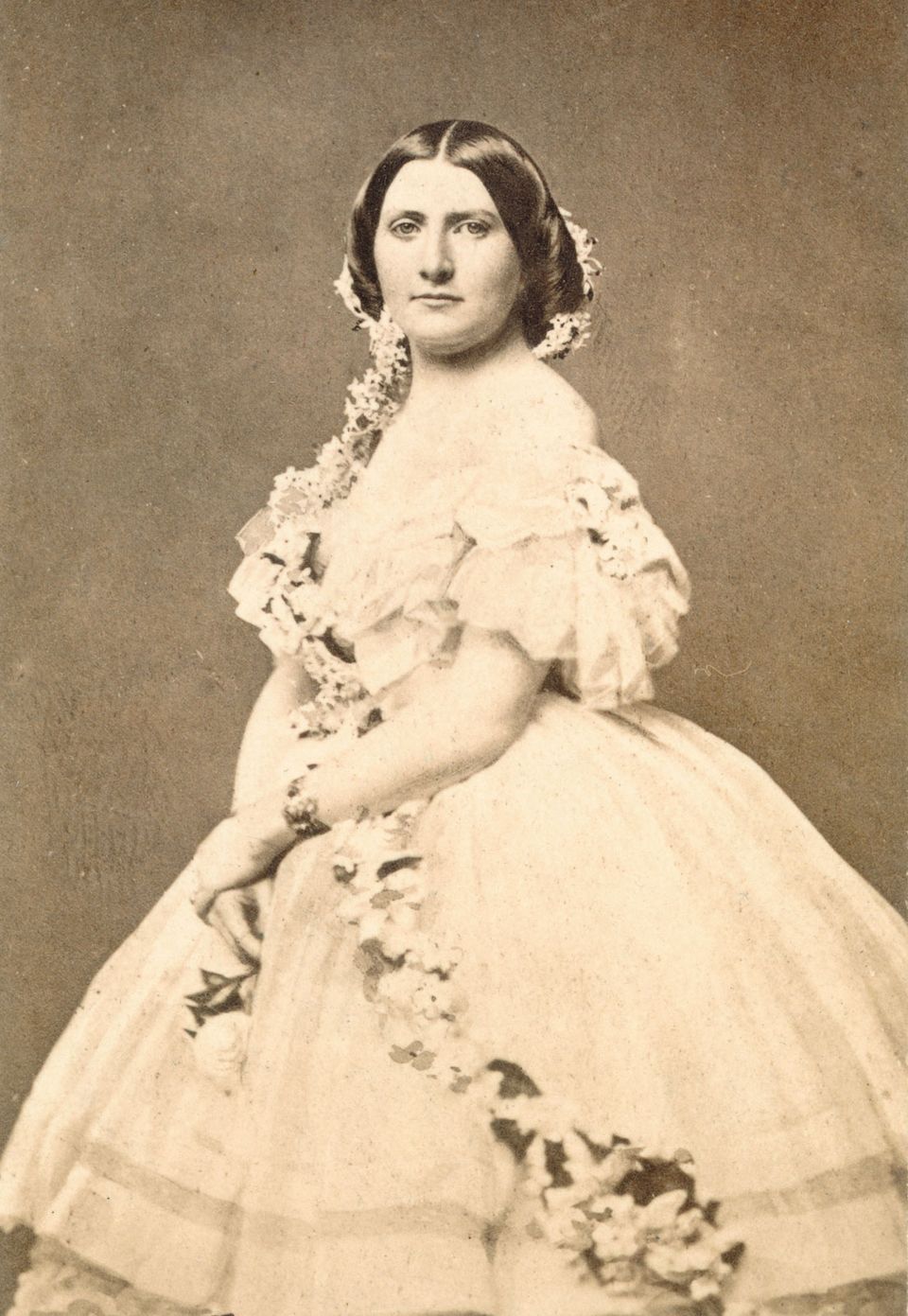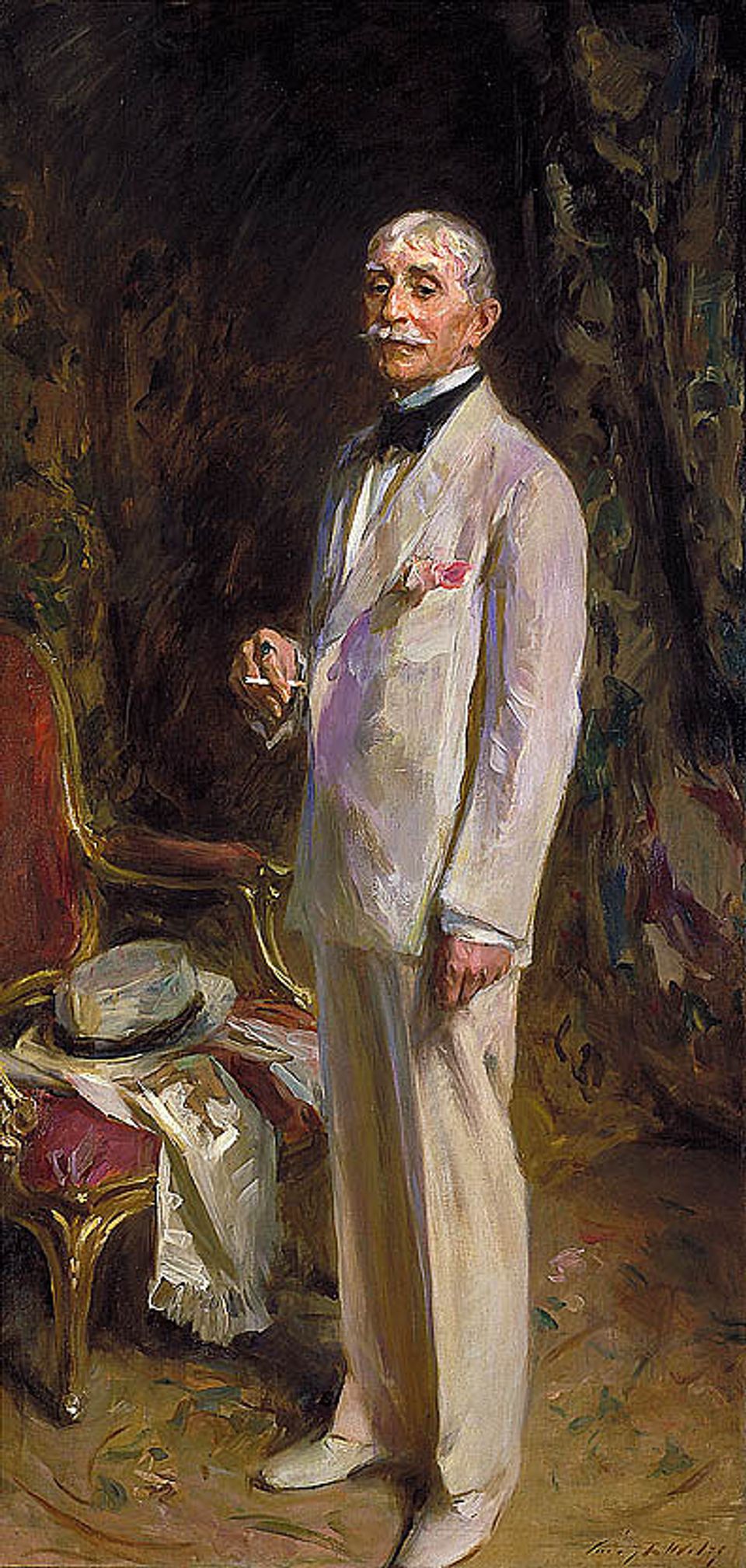Early Patrons

The City of Washington, District of Columbia, was scarcely thirty years old when in 1829 an optimistic citizen named John Varden took it upon himself to begin a collection that would lend a patina of culture to the still-raw capital. He first called his collection “John Varden’s Museum.” By 1836, he had opened a public gallery in his home and called it the “Washington Museum,” enabling people to ponder a mélange of historical, natural, and artistic curiosities altogether typical of the age.
In June 1841, according to Varden, a committee from the newly established National Institute accepted the collection, and soon thereafter it was removed to and became a part of the institute in the new United States Patent Office Building. In 1862, the National Institute’s charter expired, and the collections, including those of Varden, were transferred to the Smithsonian Institution.

Harriet Lane Johnston was the niece of James Buchanan and had served as official hostess in the White House during the incumbency of the bachelor president (1857–61). Spurred by the ambition to emulate and rival European culture and collections, and enabled by vast fortunes in industry and finance, American men and women like Johnston undertook the formation of private collections that were ultimately destined to enrich (or become) the new public museums of the nation. Johnston’s small art collection would not have attracted much attention had she not bequeathed it in 1903 to a “national gallery of art.”
The Johnston bequest reawakened the Smithsonian Institution’s interest in art, and in 1906 a federal court ruled that the 1846 legislation establishing the institution also constituted it as a “National Gallery of Art,” under which name the art collections were now officially gathered. The appellation held for thirty-one years, during which the collections of the museum were greatly increased.

John Gellatly (1852–1931) of New York City gave his extensive art collection to the Smithsonian Institution on June 13, 1929. It was moved from New York City to Washington, D.C., on April 30, 1933, and installed in space allotted to the National Gallery of Art in the Smithsonian, U.S. National Museum Building. The installation was formally opened on the evening of June 22, 1933. Unfortunately, Gellatly did not live to see this installation.
An advocate of American contemporaries, John Gellatly was the most important of the museum’s early patrons. With his generous gift of 1929, Gellatly put his indelible stamp on the collection through the range and astuteness of his taste. Gellatly, for the most part, was buying with the knowledge that his collection would reside in a major museum. He also bought European, Asian, and ancient art, with the intention of demonstrating the high level of our native art by comparing it with work of other cultures and periods. The non-American art in his collection, however, was heavily weighted toward objets d’art, while paintings dominated the American portion.
John Gellatly was devoted to certain artists and purchased large numbers of their works. Both Abbott Thayer and Thomas Dewing were so favored, as were Childe Hassam and John Twachtman; but the palm went to Albert Pinkham Ryder, seventeen of whose haunting paintings came to the museum through the agency of Gellatly. These remarkable groupings remain among the unusual and important features of the collection today.
Text adapted from William Kloss. Treasures from the National Museum of American Art, (Washington, D.C.: National Museum of American Art, Smithsonian Institution; and Smithsonian Institution Press, 1985), p. 11-12.













